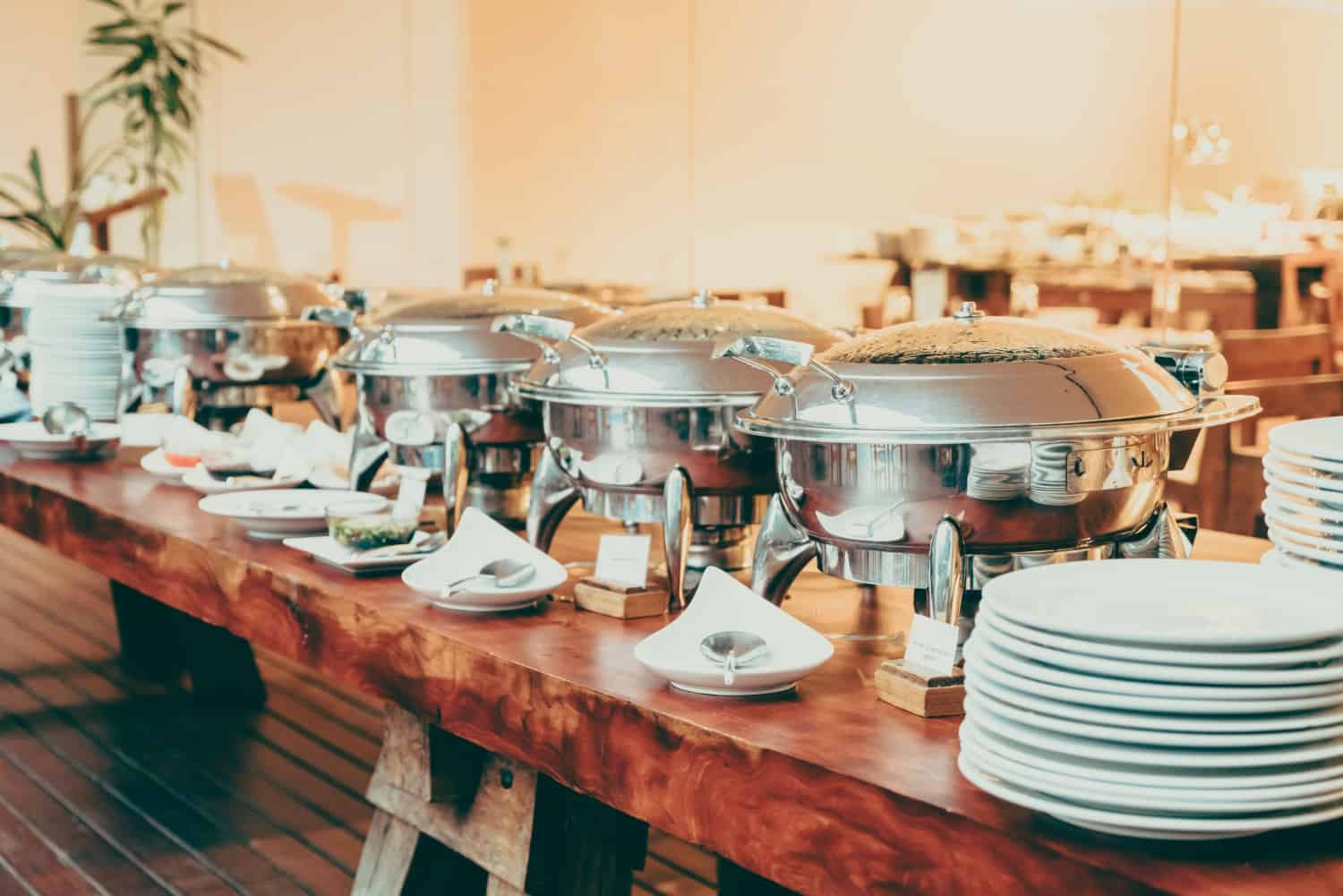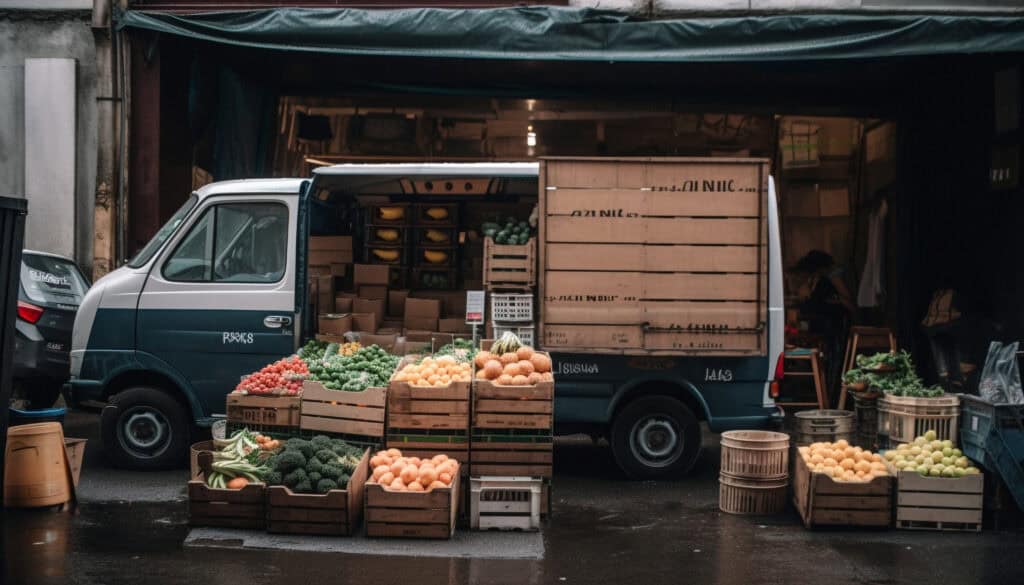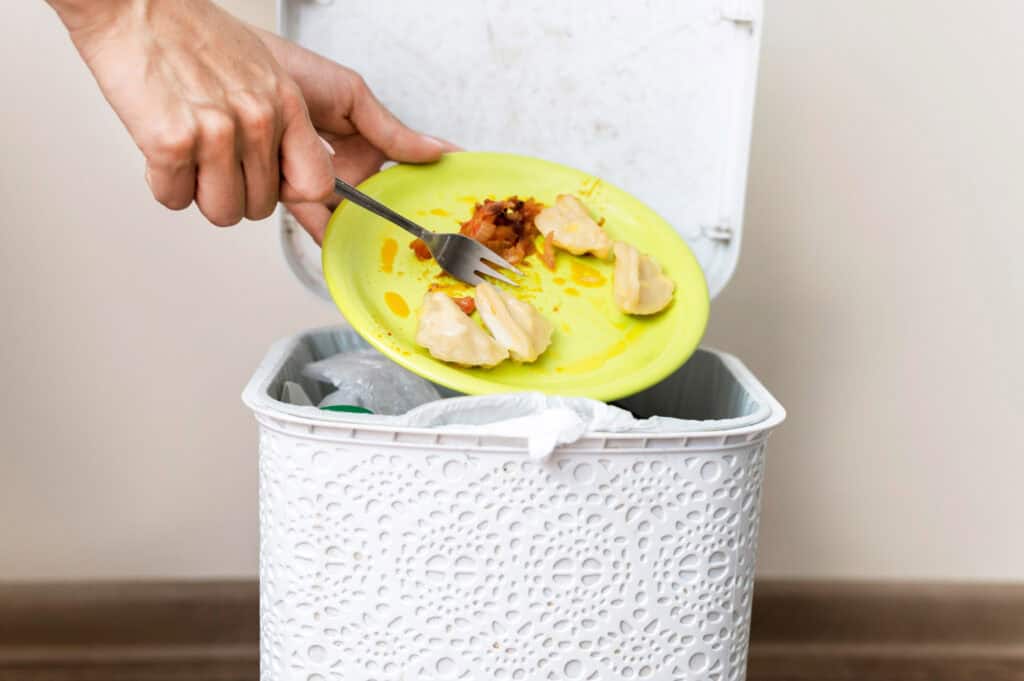
By Jermaine Thomas March 5, 2025
Catering events must be carefully planned and carried out to guarantee that guests are served delicious, fresh, and safe food. Given that incorrect handling can result in contamination and foodborne illnesses, food safety in catering is of utmost importance. In order to uphold the highest standards, caterers need to use efficient temperature control techniques, adhere to professional food handling protocols, and maintain stringent food hygiene.
Importance of Food Safety in Catering
Ensuring food safety in catering is essential to protect guests from health risks and maintain the reputation of a catering business. Catering best practices involve more than just preparing delicious meals; they require strict adherence to food hygiene regulations and safe food handling techniques.
Foodborne illnesses can result from improper storage, cross-contamination, or undercooked food. By implementing the right measures, caterers can prevent these issues and provide a safe dining experience for their clients.
Understanding Temperature Control in Catering
Controlling the temperature is essential to preserving the safety and freshness of food. When food is stored in the “danger zone,” which is between 40°F (4°C) and 140°F (60°C), bacteria grow quickly. Caterers must properly control temperatures during the entire food preparation, storage, and serving process to avoid bacterial growth.
Cold Food Storage and Handling
- Refrigerated foods should be stored at 40°F (4°C) or below.
- Frozen items must be kept at 0°F (-18°C) or lower.
- Use ice packs or refrigerated transport systems when delivering food to event locations.
- Keep salads, dairy products, and seafood chilled until serving time.
Hot Food Storage and Handling
- Maintain hot foods at a minimum temperature of 140°F (60°C) until served.
- Use chafing dishes, warming trays, and insulated containers to retain heat.
- Reheat food to at least 165°F (74°C) before serving.
Monitoring Temperatures
Caterers should use food thermometers to check internal temperatures regularly. Digital thermometers provide accurate readings, ensuring food remains safe for consumption.

Best Practices for Food Hygiene in Catering
A key component of catering best practices is maintaining proper food hygiene. Food preparation, transportation, and service must all be done with utmost cleanliness and sanitation.
Hand Hygiene
- Staff should wash hands thoroughly with soap and water before and after handling food.
- Hand sanitizers can be used as an additional measure but should not replace handwashing.
- Gloves should be worn when handling ready-to-eat foods and changed regularly.
Cross-Contamination Prevention
Cross-contamination occurs when harmful bacteria spread from one surface to another. To avoid this:
- Store raw and cooked foods separately.
- Use color-coded cutting boards for different food types (e.g., meat, vegetables, dairy).
- Sanitize utensils, countertops, and food prep areas regularly.
Safe Food Handling and Preparation
- Use fresh, high-quality ingredients from reliable sources.
- Cook meats thoroughly to recommended internal temperatures.
- Avoid using the same utensils for raw and cooked foods.
- Keep food covered to prevent contamination from dust, insects, or airborne particles.
Safe Food Transportation Methods

Food safety and freshness depend on how it is transported from the kitchen to the event location.
Insulated Containers and Cooling Equipment
- Use insulated food containers to maintain hot and cold temperatures.
- Gel packs, dry ice, and refrigerated vehicles help keep perishable items fresh.
- Ensure transport equipment is cleaned and sanitized before use.
Proper Packaging
- Store food in airtight, leak-proof containers to prevent spillage and contamination.
- Label containers with preparation and expiration dates for easy tracking.
Quick and Efficient Delivery
- Reduce transit times to minimize temperature fluctuations.
- Plan deliveries strategically to avoid exposure to extreme heat or cold.
Serving Food Safely at Catering Events
Serving food at catering events requires careful consideration of both presentation and food safety. In order to avoid contamination and guarantee that the food stays fresh during the event, caterers should adhere to stringent guidelines.
Buffet and Self-Serve Safety
- Provide separate serving utensils for each dish to prevent cross-contamination.
- Keep hot foods hot and cold foods cold using appropriate warming or cooling equipment.
- Replace food trays frequently to ensure freshness.
Plated Service Best Practices
- Serve food promptly after preparation to maintain optimal taste and safety.
- Ensure staff handling plates and utensils practice proper hygiene.
- Avoid overcrowding plates to prevent spills and contamination.
Allergen Awareness and Labeling
- Clearly label dishes that contain common allergens (e.g., nuts, dairy, gluten).
- Offer allergen-free alternatives for guests with dietary restrictions.
- Train staff to handle allergen-related queries and prevent cross-contact.

Managing Leftovers and Waste
Caterers must choose a safe way to dispose of leftover food after an event. Food waste can be avoided while upholding safety regulations by using appropriate storage and disposal techniques.
Safe Storage of Leftovers
- Refrigerate perishable leftovers within two hours of serving.
- Use shallow containers to cool food quickly and evenly.
- Label and date stored leftovers to track freshness.
Donating Excess Food
- Partner with local charities to donate surplus food, following food safety guidelines.
- Ensure donated food meets quality standards and is properly packaged.
Responsible Waste Disposal
- Implement composting and recycling programs to reduce environmental impact.
- Dispose of expired or contaminated food safely to prevent health risks.
Staff Training and Compliance
Maintaining high standards requires that all catering employees understand and abide by food safety procedures.
Regular Training and Certification
- Conduct regular training sessions on food safety in catering.
- Encourage staff to obtain food handling certifications.
- Keep updated on local food safety regulations and industry best practices.
Supervision and Quality Checks
- Assign supervisors to monitor food handling procedures.
- Perform routine quality checks to maintain consistency and compliance.
- Encourage feedback and continuous improvement in food safety practices.
Conclusion
Effective temperature control, rigorous adherence to food hygiene regulations, and careful planning are necessary to keep food safe and fresh at catering events. Caterers can guarantee a secure and pleasurable dining experience for guests by adhering to professional food handling procedures, catering best practices, and responsible waste management.
In addition to safeguarding the public’s health, putting food safety first in catering improves a caterer’s standing and profitability. Catering experts can reliably provide fresh, delectable, and secure meals at any event with the right training, oversight, and dedication to high standards.